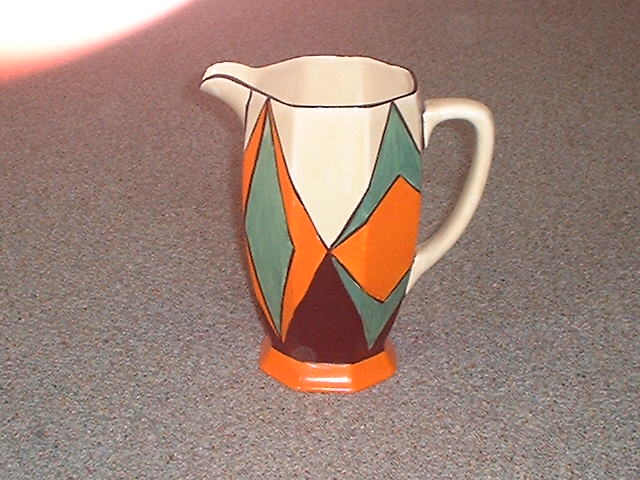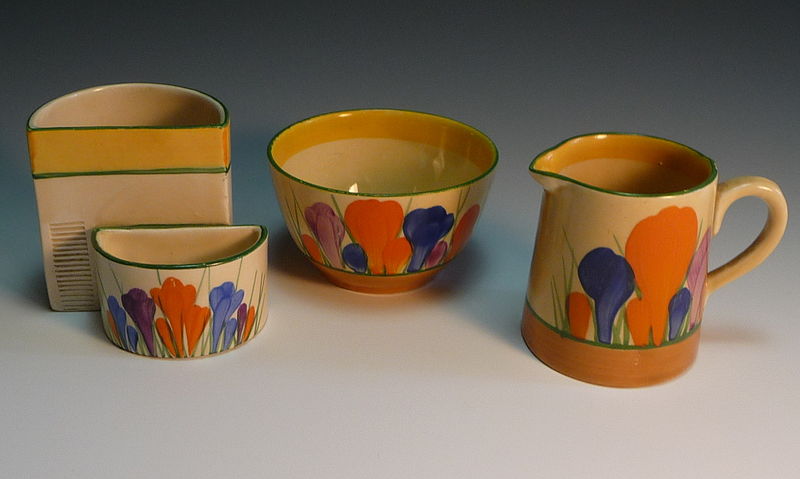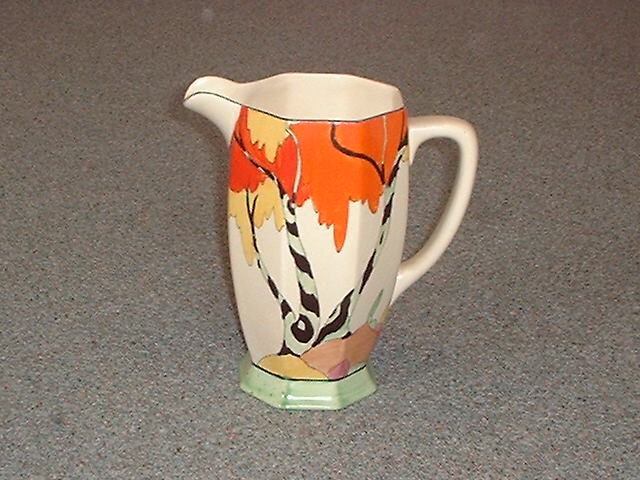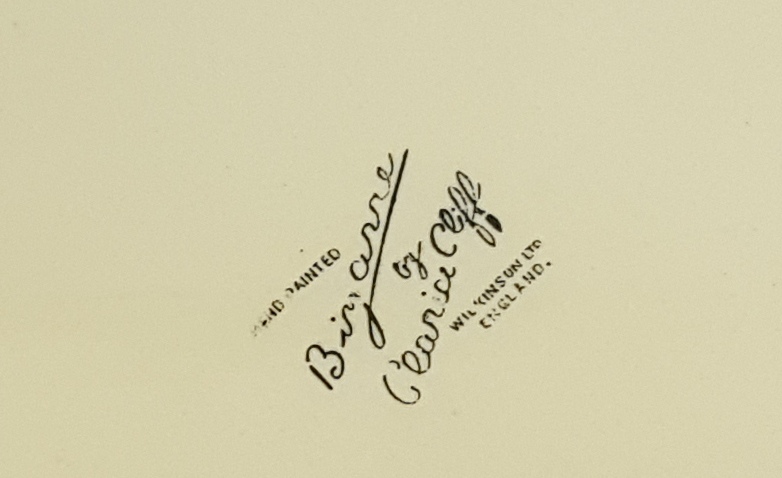There are some designers so iconic that even somebody who is not in the least bit interested in antiques can recognise them. You’ve only got to watch one episode of bargain hunt or similar and the chances are you will hear certain names; Moorcroft, Murano, Whitefriars, Clarice Cliff.
With Clarice Cliff in particular, it is the colours and the simplicity of the designs that make the pieces so easily recognisable.
She started as a gilder at the age of 13 in potteries around the Stoke-on-Trent area before moving to A.J. Wilkinson in Burslem as an apprentice potter, where she was given the opportunity to practice some of her own work.
By the time she was 25 her talent had been noticed and by age 28, she was signing her name along with the backstamp of the pottery. It didn’t take long before her designs caught the eye of the public and she became a household name.
The most iconic of all of Cliff’s designs are probably those based around crocuses as this was one of the most long produced patterns. It is still possible to pick up a piece of the more common designs for under £100 and although not as popular with the general public as it was 20-30 years ago, Cliff’s more unusual designs can still command staggering prices at auction. In 2009, an 18 inch wall charger sold for an incredible £20,500!
It is this interest in Cliff’s work which has driven people in the past to fake popular designs and try to pass them off as originals. If done well, it can take years for these forgeries to come to light, passing from collector to collector through auction house and private sales.
One such forgery is pictured below. The scene painted on the front of the plate is called “Idyll” (sometimes referred to as Crinoline Lady) and genuine examples of this pattern can be worth thousands of pounds.
This one, however, is not a genuine article. It is a forgery, produced with the intention to deceive, and to my knowledge it passed from an auction house, to a dealer and then onto another dealer until it was eventually spotted by a member of the Clarice Cliff Collector’s Club and it has now been taken off the market. Forgeries like this actually harm the collectors market and it is also illegal to sell them under the Trade Descriptions Act.
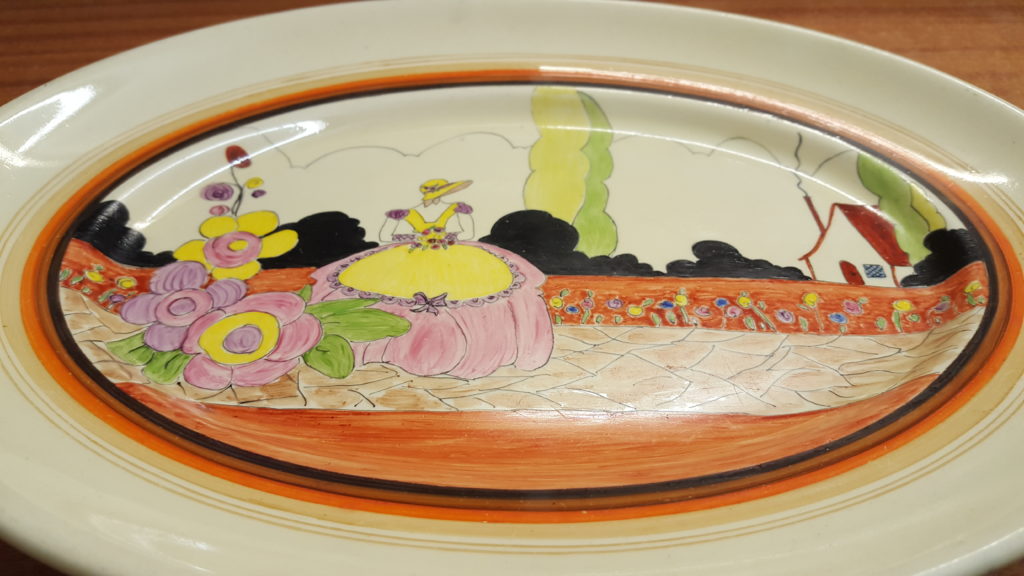
The Clarice Cliff “Idyll” forgery
An interesting thing about this item is that the actual platter is a genuine piece of Clarice Cliff from sometime around the 1930s. The backstamp is genuine and the orange and black banding around the edge are original and hand-painted. However, this platter was never produced with the Idyll pattern painted on the front, so it immediately stood out when an expert saw it. Also, the shades of orange in the banding should match the shade used for the foreground and the flower bed in the background. To a trained eye, this is a definite forgery. But to the average person, or even a casual collector, this looks like the real thing, and it fooled quite a few different people.
Having said all that, I actually think this item 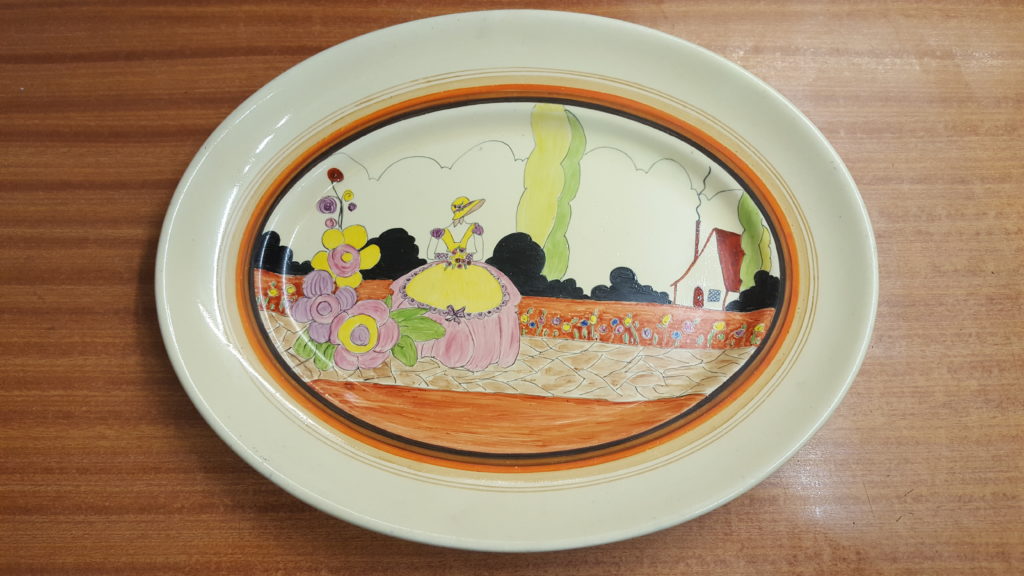 has some merit. It is fascinating to think that somebody went to great lengths to hand paint this scene on an item that did have a certain appeal and a value and in doing so, they made the entire thing completely worthless. The original platter will never be the same.
has some merit. It is fascinating to think that somebody went to great lengths to hand paint this scene on an item that did have a certain appeal and a value and in doing so, they made the entire thing completely worthless. The original platter will never be the same.
It was certainly interesting to learn that there are some forgeries out there and that some of them are so good that they may very well be in your collection at home.
So beware if you are looking for the real thing. Always check with a reputable source and don’t part with your money until you are sure.
